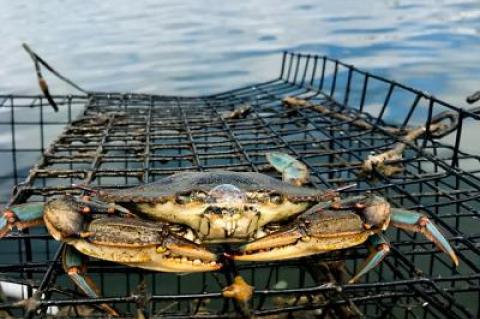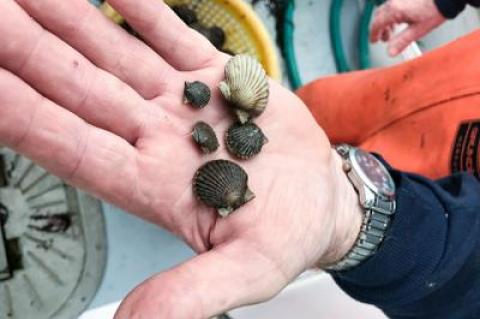For those who have followed my adventures in trapping lobsters over the past few months, I must freely admit that I have an even greater fondness (and appetite) for a rather close cousin of that popular staple of the summertime clam bake.
Outdoors
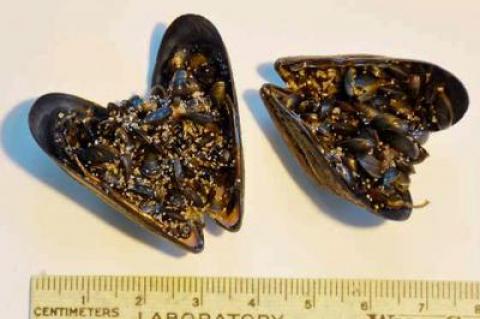 Nature Notes: Mussel Beach
Nature Notes: Mussel BeachOn Monday afternoon I went down to the ocean beach and walked between Bridgehampton and Sagaponack. There was the usual bunch of beachgoers enjoying the sun, but what I was there for was to examine the wrack line left by recent high tides and storms, such as the tropical cyclone Chris that brushed our shore last weekend.
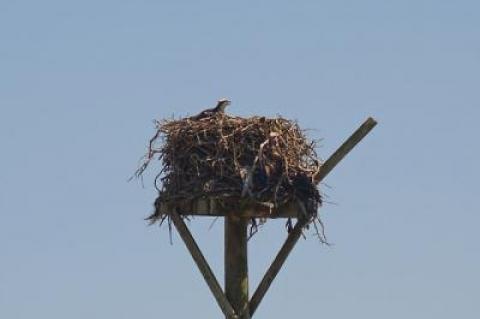 Nature Notes: Great Promise
Nature Notes: Great PromiseAfter one of the hottest, muggiest Fourths of July on record, we wondered what nature would serve up next. There was no relief the day after.
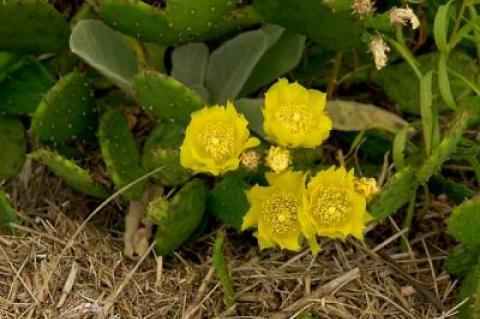 Nature Notes: Let It Be
Nature Notes: Let It BeTerry Sullivan called last week from Sag Harbor to tell me that the prickly pear cactus was in bloom along Long Beach Road’s south side. He also mentioned that PSEG has been putting up new utility poles. I’m a stone’s throw away, so I motored over and took a look. Indeed, at least 10 new poles had been erected, each with strange-colored horizontal members on top to which the electrical transmission wires were fastened.
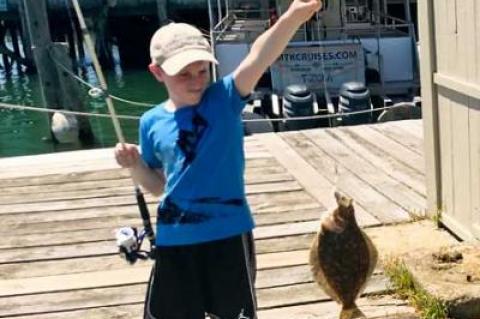 Out of the Deep Sleep
Out of the Deep SleepBack in March, I set out my lobster traps for the first time in about nine years. With various work commitments behind me, I finally had enough free time to exhume my gear from its extended deep sleep on dry land.
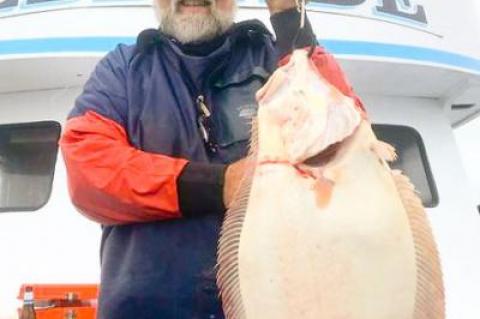 Fishing Takes Back Seat to Golf
Fishing Takes Back Seat to GolfLast week, other than taking my boat out at 4:30 a.m. on Saturday to for a quick check on my lobster traps (yes, I did capture enough for a dinner or two), I did not pick up a fishing rod. The reason was pretty simple, as I was hanging around the U.S. Open at Shinnecock Hills.
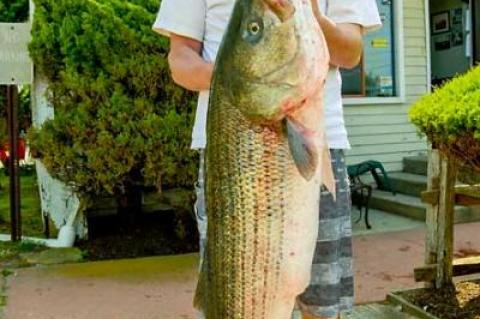 Giants Invade the Hamptons
Giants Invade the HamptonsA few weeks ago, I penned a story about two different types of boaters. The premise was that you either preferred to cruise under power or chose the quietness that a sailboat provides. With a few exceptions, it’s pretty black and white on this matter.
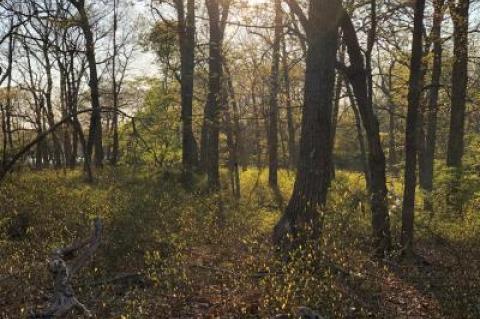 Nature Notes: Changes in Vegetation
Nature Notes: Changes in VegetationEastern Long Island owes much of its natural history to the eastern deciduous forest, an ecological life zone that stretches from the grasslands of the Midwest to the Atlantic Coast, from northern Florida into southeastern Canada. Of course, there are huge differences from one part of this forest zone to the next, and from the southern part to the most northern part.
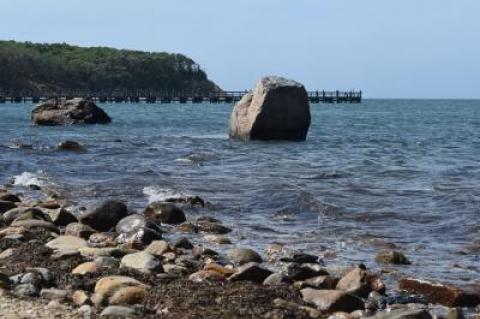 Nature Notes: Gift of the Glacier
Nature Notes: Gift of the GlacierThere are two Stony Hill Roads on the South Fork, one in Amagansett in East Hampton Town, the other in Noyac, in Southampton Town. How did they get their names? By chance? No! They got their names because of the presence of boulders left by the receding glacier more than 15,000 years ago.
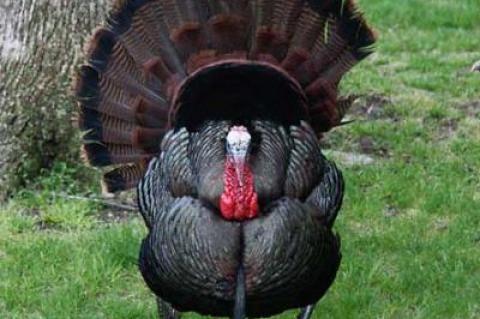 Nature Notes: It’s a Fowl Ball!
Nature Notes: It’s a Fowl Ball!In only 20 days, the daily photoperiod will start to wane. Perhaps that’s why almost all of nature is focused on reproducing. Osprey eggs are hatching. Crows are roaming the treetops looking for unguarded nestlings. On Saturday shortly after noon a screech owl up the block started singing his wavering whistle in full daylight. The first tropical storm hit the Florida panhandle on Memorial Day. Observers were quick to blame “global warming.” Hmmm. I wonder.
 Nature Notes: The Good, the Bad, and the Ugly
Nature Notes: The Good, the Bad, and the UglyNature itself, left alone without human interference, is what you might call wondrously beautiful in all respects. Even natural death has its positive side. Nothing goes to waste; everything is recycled. Then, humans came along and began to spoil it. Try as we may to recycle, not everything — many plastics, for example — is recyclable. Let’s face it, we’ve made one humongous mess of things and we have very little time before the lights go out to make it right again.
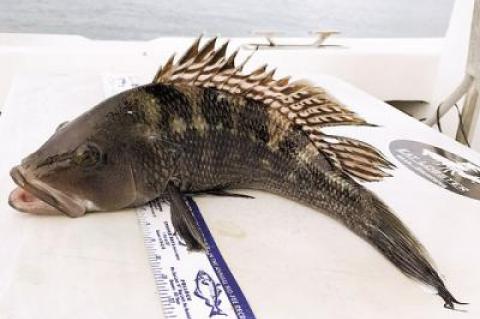 Sea Bass Saga Continues
Sea Bass Saga ContinuesThe sad saga surrounding the black sea bass season continues to frustrate anglers. At an Atlantic States Marine Fisheries Council meeting last week in Stony Brook, the group voted to adopt last year’s inequitable black sea bass quota for this upcoming season, which cuts New York’s black sea bass allocation compared to neighboring states, even though the black sea bass stock has rebounded and is currently 240 percent above target biomass.
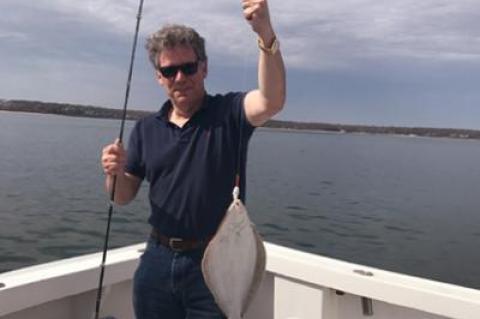 Now He’s Really Hooked
Now He’s Really HookedLast week’s surge of hot weather was much needed in so many ways. A number of popular pursuits like gardening, planting of crops, and fishing were all affected by the extended and painfully cold spring weather. Other than a trip or two to the lobster grounds, I never even considered wetting a line to go fishing. It was just too windy, cold, and damp most days. But the burst of heat changed all of that in a hurry.
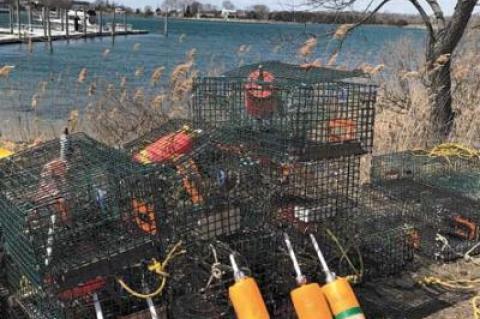 Lobster and Seals, Oh My!
Lobster and Seals, Oh My!Early Saturday morning, after sitting silently at my dock for almost three weeks due to the incessant cold and windy weather, my boat was finally freed from the dock lines for the first time this season.
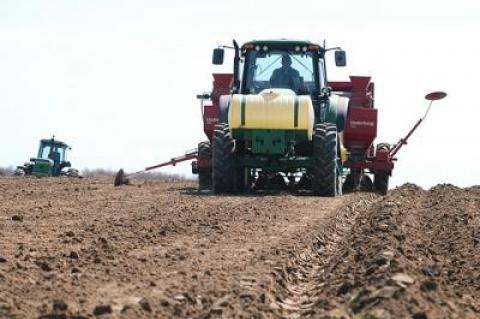 Nature Notes: Rites of the Seasons
Nature Notes: Rites of the SeasonsIt was pleasant last Thursday afternoon as I drove from Noyac to Southampton. I had just left Edge of Woods Road for David White’s Lane when I came upon about 50 gulls landing in a just-plowed strip on the west side of the road.
As our planet continues to heat up and sea level rises commensurately due to melting glacial water, we think about ways to survive, comfortably if possible, and one of these ways is to switch from gasoline and coal to forms of energy production that don’t require the burning of carbon-derived materials. We are making progress, but we have a long, long way to go.
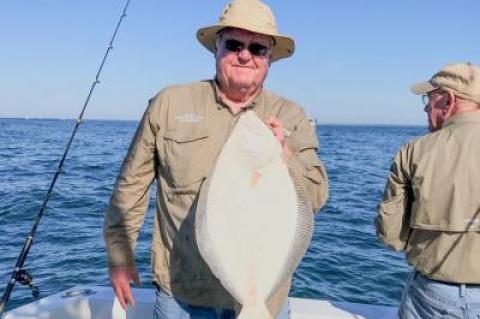 A Better Way to Count Fish
A Better Way to Count FishNo doubt about it, various governmental marine fishery departments and scientists have had a challenging time collecting accurate data on the status of various stocks of fish that reside along the East Coast of the United States. For sure, it will likely never be an exact science.
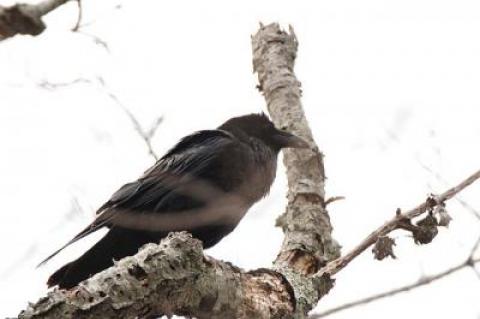 Nature Notes: Ravens at Havens
Nature Notes: Ravens at HavensIt’s that time of year when all of the birds start arriving and setting up homesteads here on eastern Long Island. More and more southern birds have been overwintering so it has become hard to say which ones are year-round residents and which ones are part-timers.
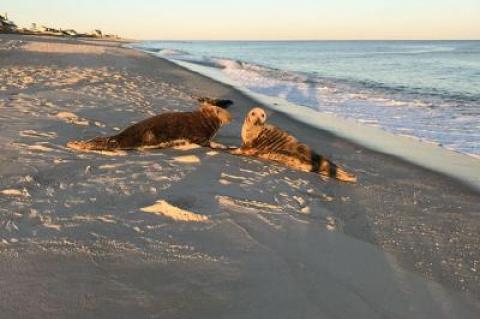 Nature Notes: They Are What They Eat
Nature Notes: They Are What They EatJust about everyone has a rough idea of what “food chains” and “food pyramids” are. The ones at the very bottom are the microbes, single-celled diatoms and the like; the ones at the top are the “top” carnivores. In one respect, the human is a top carnivore. In another, a top herbivore. In all respects — strict vegetarians omitted — an omnivore.
 Nature Notes: Going Nowhere
Nature Notes: Going NowhereI just read in today’s New York Times that Nashville has a case of the demolition blues. I may have the same sickness. I also read a reminiscence by Beth Howard, a writer who rented the little farmhouse in Eldon, Iowa, made famous by Grant Wood’s 1930 painting “American Gothic.” Two American themes going in the opposite direction.
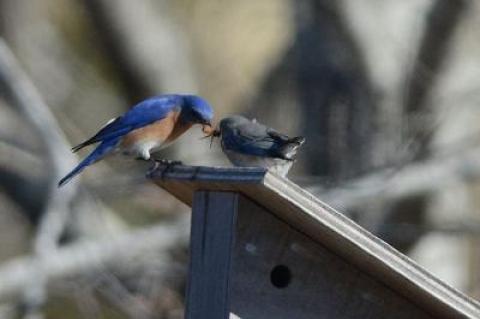 Nature Notes: Bluebirds on the Rise
Nature Notes: Bluebirds on the RiseIn last week’s column, I wrote about the beginning of the local eastern bluebird season. Then I received Joe Giunta’s annual recap of the East Hampton Town area’s bluebird box yield for 2017. Joe and his volunteers have been checking out and maintaining the boxes at nine different East Hampton Town sites and two boxes on North Haven in Southampton Town for nearly 20 years.
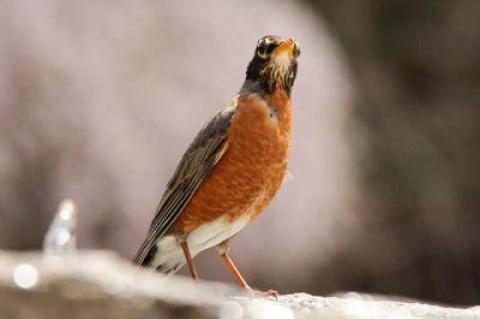 We Are the Wise Ones?
We Are the Wise Ones?Yes, we are on the verge of yet another spring, another new year, another chance to set things right.
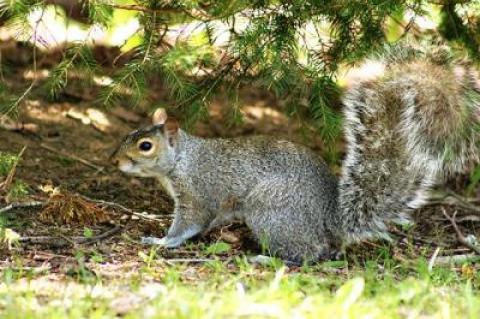 Nature Notes: The Squirrel in Winter
Nature Notes: The Squirrel in WinterThe leaves, except the very lowest, are off the local hardwood trees, most of which are oaks, with fewer hickories, beech, sassafras, and maples. As one drives along the back roads and looks up to either side, the globular bundles of dried leaves and twigs stand out. They’re mostly the size of soccer balls — we would have a hard time trying to fit inside — but they are the perfect size for gray squirrels, our most common mammal larger than a rat.
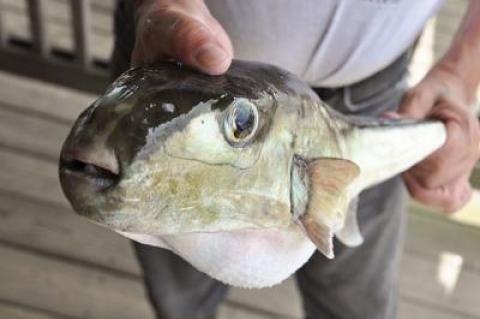 Nature Notes: A Warmer Arctic
Nature Notes: A Warmer ArcticBy the turn of the last century, we knew very little about the Arctic and an awful lot about the Antarctic. The Antarctic was sexy, the Arctic dull.
 Nature Notes: More Than One Way
Nature Notes: More Than One WayThere are many ways of pairing up and raising young, among humans and in the natural world. Monogamy is found in all other vertebrates, but mostly in birds. We defend the foreigner mute swan from exile in part because it is monogamous, at least seasonally. The bald eagle, osprey, and a host of other avian species are also monogamous.
It’s Martin Luther King Day, Noyac Bay is refrozen, and it’s 29 degrees out, mostly gray. I’m inside, warm and cozy. Our individual histories are marked in different ways, storms, wars, frigid winters, hot summers, presidential elections and a variety of local events, births, graduations, weddings, promotions, firings, divorces, and deaths. Our most calamitous times on Long Island are the result of hurricanes and northeasters.
’Twas the night before Christmas, quiet and calm, the creatures that live here were cozy and warm,
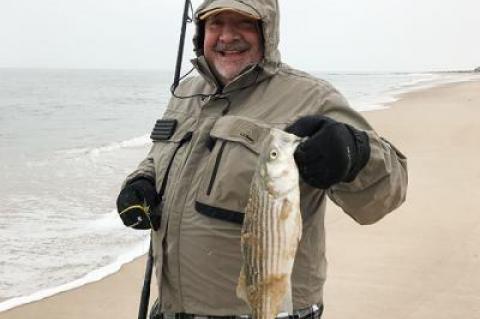 On the Water: Stripers in the Snow
On the Water: Stripers in the SnowWhile the calendar may not officially state it, winter is here. By any measure, Saturday’s slushy snowfall, our first of the season, was a rather benign event. Yet, the wet, heavy snow, which was enforced by a rather strong northeast wind, made it feel much colder than the 33-degree temperature. It was a raw, nasty, bone-chilling day. For most, it was a day better spent indoors.
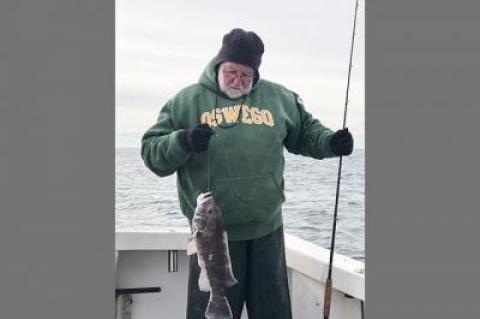 Blackfish Paradise Found
Blackfish Paradise FoundI like cold weather. I always have. But the wicked change in temperatures this past weekend was truly jarring for me. Just a few days prior to the freezing conditions, which were enhanced by the bitter northwesterly wind, I was walking around in shorts and a light T-shirt. I was reluctant to say goodbye to our warm weather.

